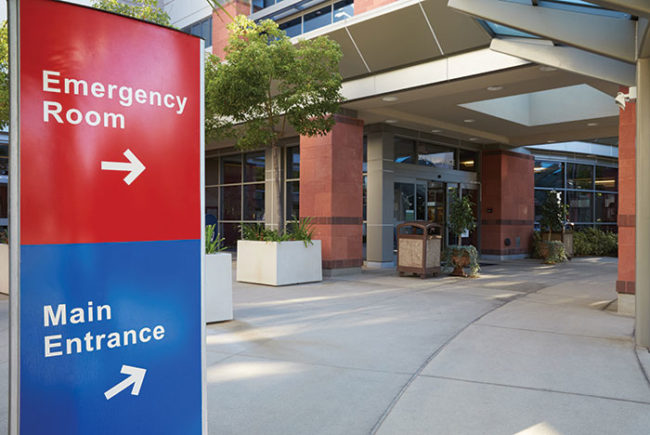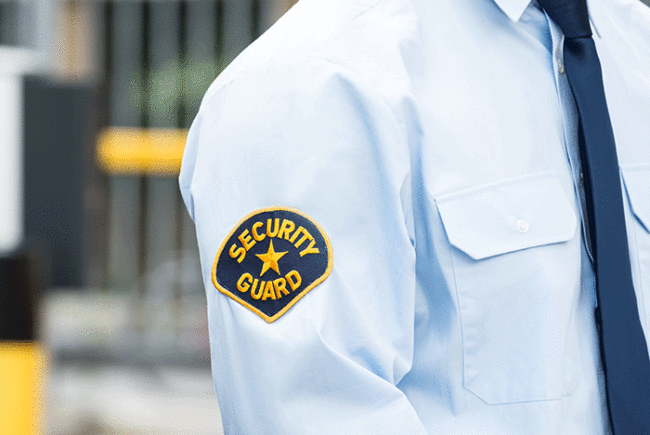Following terrorist attacks in Belgium and Paris, the departments of Homeland Security and Health & Human Services sent notices to the health care community, urging them to review emergency response plans with staff. Taking time to reflect and perfect security plans following events such as these is certainly necessary, but a proactive approach is also required.
Thomas A. Smith, CHPA, CPP, president of Healthcare Security Consultants Inc., says that security plans for individual health care facilities really should begin before a project even breaks ground.
“In the next decade, there will be billions of dollars spent on new construction and renovation projects — a major opportunity to build security into each project,” Smith explains.
He recommends that health care facilities consult the “Security Design Guidelines for Healthcare Facilities” developed by the International Association for Healthcare Security and Safety (IAHSS).
“The IAHSS Security Design Guidelines provides guidance to health care security practitioners, architects and building owner representatives involved in the design process to ensure that best practices are considered and integrated into each new and renovated health care facility space where possible,” Smith says.
Failure to bring security professionals early into the design process, he explains, can result in expensive retrofits that tend to be more obvious and less effective than security features that are integrated from the beginning.
On the other hand, “Designing security features into a new health care facility or renovated space from the beginning can improve safety and security, maximize utilization of human resources and lower operational costs while improving customer service and employee and patient satisfaction,” he explains.
Take, for instance, the market for infant-abduction prevention systems, in which manufacturers are working on products that offer increased enterprisewide visibility and tighter integration with other security products to keep this vulnerable population safe.
Security also should be vocal during the design of behavioral health facilities. James Hunt, AIA, co-founder of Behavioral Healthcare Architecture Group, served as a consultant on a project for Cherry Hospital, a North Carolina state-run psychiatric facility. He says that safety was paramount in the design and material selection process, choosing products such as anti-ligature door hinges, handles and locking mechanisms that confer a high level of safety without the institutional appearance.
“It’s the direction all health care needs to go,” he says.





